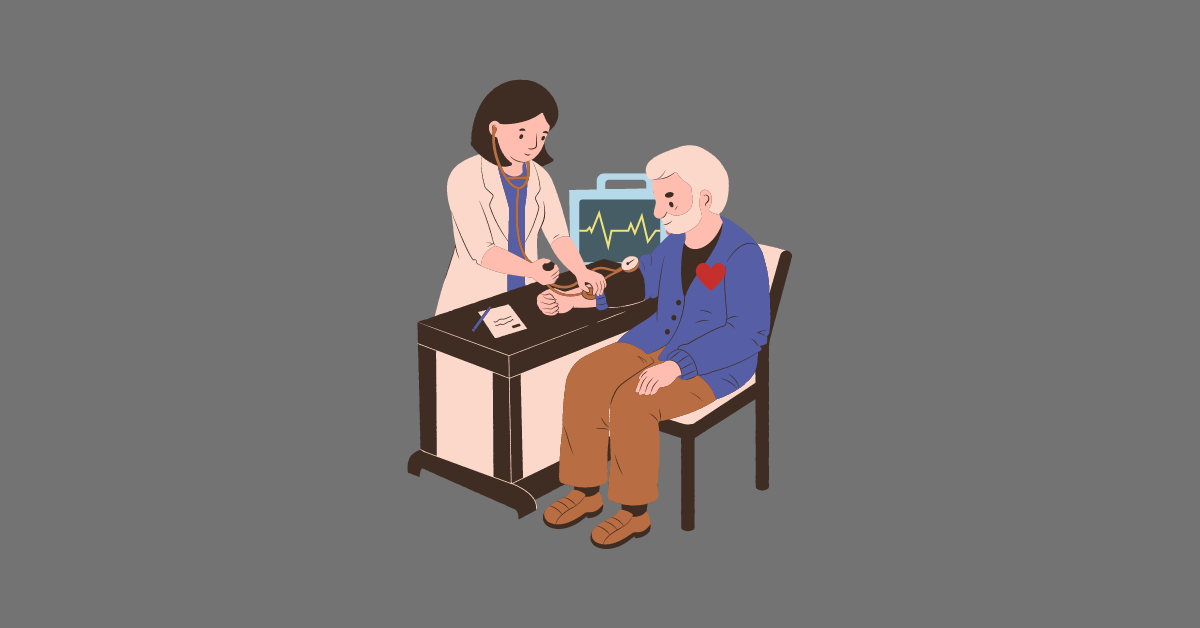3 Steps You Can Take TODAY That Will Help Your Heart Health

The most significant and controllable factor for heart disease is your lifestyle. Your heart is a muscle and if not taken care of properly it can atrophy and become weaker, increasing your chances of heart disease. Below are a few quick steps that can enact today to start improving your heart health.
1: Start a Low Fat and Cholesterol Diet
A diet high in fats and cholesterol is linked to heart disease and related conditions. So the first step is to cut out these types of food and limit your intake. These types of foods result in an increase in the production of cholesterol in your bloodstream which can build up and narrow arteries. Foods that should be avoided/limited are foods such as red meats, processed meats, full-fat dairy, baked goods, and fried foods. Also, it is best to avoid large amounts of salt because it increases blood pressure, putting more strain on your heart. We suggest purchasing low-sodium alternatives and refraining from adding additional salt to your food.
2: Increase Your Physical Activity
A second step is to increase your physical activity as not getting enough physical activity can lead to heart disease. It also increases your chances of developing other medical conditions that are risk factors such as obesity, high cholesterol, diabetes, and high blood pressure. The general goal per the mayo clinic is 30 minutes of moderate physical activity every day This doesn’t have to be high-intensity training at your local gym, just simply walking for a little bit each day (broken up into 10-minute walks or more manageable times). If you can and have a membership, going to your local pool or community center can be a great way to get this exercise in.
3: Stop Smoking and Decrease Your Alcohol Intake
There are also two major habits that you or your loved one can reduce/stop to greatly impact your heart health. The first is drinking too much alcohol can raise your blood pressure levels and can put you at risk for heart disease. You should limit your alcohol consumption to about one or two drinks per day maximum. Furthermore, alcohol leads to an increase in levels of triglycerides which are fatty substances in the blood linked to heart disease. The second habit is tobacco use. The smoke and nicotine cause damage to your heart and arteries which can be extremely difficult to undo. Secondhand smoke also increases your risk of heart disease. Changing these behaviors can greatly decrease your risk of heart disease.
With just a few simple steps you can take great strides toward improving your heart health. These changes don’t have to be dramatic and all happen immediately, you can start by taking a short walk today (even a safe path within your home works well). The goal is to do better today than you did yesterday and make small impactful improvements.


Recent Comments